Here is the second part of the fantastic interview of legendary WDI Imagineer Tony Baxter, originally published on the ThemeGo Blog by Yariv Padva who interviewed Tony and kindly allowed me to post it on D&M. ThemeGo is a great place to share experiences and read reviews about every element of a theme park vacation including attractions, shows and more. Check them out at: http://www.themego.com
In the first part of the interview with the legendary Tony Baxter we spoke about the future of theme parks, what it takes to be a succesful imagineer and what makes an attraction work. Join us for this exciting second part as Tony discusses what it was like working with Star Wars creator, George Lucas, how animatronic characters can evolve, interactive queues and more!
Yariv Padva:
How do you see the relations between the author/director from an external IP (Intellectual Property) and Imagineer. Can you speak about how George Lucas was involved in Star Tours? How was his feedback incorporated if at all.
Tony Baxter:
Going back to that time, Disney was not doing films that were of a popular nature enough to build IP around. So, you’re talking about films like Robin Hood and The Fox and The Hound and Basil of Baker Street and things like that, that you couldn’t go and build an attraction and have millions of people wanting to come do it. So, the danger is that Disney could be out of touch with the generation if you didn’t find the things in the park that you loved as a child growing up. So, if I was a young person that raised in the late 70s and the 80s, I wasn’t in touch with the Disney films, but I was in touch with Indie and Star Wars and E.T. and all of those things, which were the films of that generation. So, we approached management, saying, “I’d love it if Disney had the films that we could use, but we don’t.” Our feeling is, we need to get involved with people that are in touch with popular cultures that children are growing up with, so when they come do Disneyland, they’ll see their childhood in the park.” That was great for my generation, because Sleeping Beauty and Alice in Wonderland and Peter Pan and all those were things that were around when I was a little kid, but now you’re 30 years after that, and there wasn’t anything.
So, it’s a part that was connected unless we created our own, which was Big Thunder. That worked, because that was a Disney brand. In the case of Star Tours, we had a choice between Spielberg and Lucas. If you went with Spielberg, you got E.T. and Jaws and whatnot; if you went with George, you would get Star Wars and Indiana Jones and so forth. Instead of Spielberg, who was connected with Universal, we thought that George’s films had more emotion to connect to. So that decision was made. We came up with some ideas. The company agreed to bring George in to look at the ideas. He was very positive about Disneyland; telling stories about being a child, getting to go there, how much it meant to him. He said he saw his products as first-class and he thought Disneyland is first-class and he felt comfortable that two first-class, quality organizations working together and then we went forward with that. He had the definitive ideas that he wanted to inject into it. Like in the first show (Star Tours), we had a scene at the beginning where the vehicle didn’t go the way it was supposed to go. It went into a maintenance door. I remember he said, “When I was a kid, I’d come here and I’d always try to open those doors and went somewhere I wasn’t supposed to go, and I would love to have the ship at the beginning go that way.”
So, there were things like that where he would have a specific thing he’d want to add to it. Then he was very vocal on the director of the film on the first (Star Tours) one. I didn’t work on the second (Star Tours) one. That was Tom Fitzgerald, the redo, but on our first one, I remember I wanted the trench shot that I told you (about) earlier. I’ve always wanted to do this. Well, I was speaking for myself. I wanted to go down into that trench. ILM didn’t want to do it again. They didn’t want to film something they’d filmed again. So, George became the vote on that, and they presented why they didn’t want to do it. I said I felt people would feel cheated if they didn’t get to have (that) one moment that they dreamed about in those movies and they need to feel that experience. He agreed. He said, “I want to put my backing here behind my affiliates.” Then he thought, “I won on that, but everyone was mad that I won because everybody had to do the work.” I’m glad we did it, because I think that was a high point in the show. So, I’m going to say he worked from coming up with ideas for it, to listening to both sides of the story and then voting and being that vote that cast the decision that we went with, to not being involved at all in other things where he just trusted us to do it. Indie was more a case of his trusting us, because we had already done Star Tours. So when we got to Indie, we said, “Okay, we’re going to take that kind of approach with the movie simulation system, but we’re going to put in on a truck and drive it through an experience like Pirates of the Caribbean.” He got that right away and he saw exactly what we’re doing.
So, he left us alone until we had a working prototype that you could ride on. He was also, when we explained we’re going to try to put some interactivity in it and make it unpredictable so then when you ride it, different things will happen, and he understood that right away. I remember, I think it’s in the book, (a story) about the snakes. Maybe not. Maybe it isn’t in that book, but he had a hard time thinking in theme park world, where you have no control of the camera to focus people’s attention, which is the world he’s familiar with. When we got into the snake scene, I wanted a 50-foot snake, and he wanted real-world snakes. He said in the Indie films, we never break that window of reality. It doesn’t go into a fantasy or whatever. That 50-foot snake wouldn’t be realistic, and I said, “But you have the advantage of, when Indie is threatened by the cobra, the camera zooms in on that cobra head, and it fills a 50-foot screen and the audience is shocked by that shot of that thing jumping out. We can’t do that. If a put a regular cobra across the room, it’s 25 feet away from you. You’re not even going to see that it’s there.” So, what was funny is, we put 1,000 snakes for George in that room. There’s 1,000 real live snakes and then the one 50-foot snake. It’s funny, because nobody ever sees the other snakes. They’re only looking at this big, threatening snake. I think that was a case where he came out of that understanding, a very major difference between the staging of something for film and the staging for something in an attraction.
So, it was a great relationship. We never had arguments or fights. Generally, the things he added, we’d go, “Oh, that would be really neat. Let’s change it and put that in.” Then, occasionally when there would be internal battles between different people on the project, George would listen to everyone’s opinion and give us his judgment and we’d go with that. Then, other times, like one time I won because I was insistent, I said, “It’s not going to work that way if we do it that way.” I think in the end; he came around to understanding that view. So, it was good.
Yariv Padva:
Sounds really amazing. What are your thoughts about recent trends such as dark ride-roller coaster combos and using large screen projections and combined sets to tell a story, rather than animatronic creatures and large-scale themed sets?
Tony Baxter:
It’s all over the map. Some of them work incredibly well. Do you know the great stop-motion effect artist Ray Harryhausen? Ray said what he always tried to do was confuse the audience with different technologies all the time so that just when you’re starting to figure out how they’re doing it, you go to a projection and then you go back to stop-motion and then you go to a full rubber creature that is televised and all this stuff. So, the audience is kept guessing what’s going on, rather than, “Okay, we’re going to do this whole ride with projection.” I think the danger of projection shows and also CG is people take it for granted. I felt sort of this way with the movies The Lord of the Rings, and definitely when he followed it up with the three Hobbit movies that I never felt really scared or frightened by any of that stuff because I knew it was all computer generated and I knew they could make 10,000 orcs coming over the hill. Once you get one design, you just duplicate it and you’ve got thousands of them. I still respect the stop-motion guys when they work so hard to get one Cyclops or one dragon to move and I think I marvel at that still.
I think with animatronics, where something that’s dimensionally there in the room, just the sheer wonder of something being there that is defined reality is so impressive. So, I think, sure, I would say extend the sets with computer generated things that adjust the perspective and as you move through the coordination of the perspective and the projection is synced with a changing perspective in the room. That blows me away, but I wouldn’t necessarily say put all the characters into that, because you’re aware then it’s just a movie running on the wall. You can go see movies in better quality than that. You can see Spider Man. You can see anything in the theater in wonderful quality. So, I think as we move into 4K or 8K, I might have to revise my thinking on that or it becomes so seamless that there’s absolutely no detectable way to tell the difference between one and the other. We’ve been experimenting with some improvements in animatronics and I think people still really marvel at it, like something that’s really there with them that is apparently alive, but it’s something that couldn’t be alive, you know what I mean? It’s kind of a wonder.
So, I don’t think that will go away. As long as you see the tools of integrating into a dimensional world of film extension or ability to do something that can’t physically be done in the spaces that you have, I think that’s okay. I think if you depend on it 100%, it becomes boring sooner. Pirates of the Caribbean has been open for 40-some years, and even though we know they’re fake, you really enjoy looking at them again, because they’re marvelous. They’re amazing things that they can do and you’re seeing them right then, real. This is something that was filmed five years ago, and you’re watching the film again on the wall. It’s really happening in the room, and they’re really driving close, and they’re really talking to one another. So, there’s a different thing going on there.
Yariv Padva:
How do you see these animatronic characters develop in the future?
Tony Baxter:
Well, the neat thing is, electronics is allowing to get rid of most of the hydraulics. Hydraulics, while they’re very powerful, create a whole lot of problems. They leak, they really limit the kind of skins you can use, because they rot due to the oil leaks and everything. So, I’m excited about seeing total electronic characters giving us the ability to use skins that are as realistic as what you’d see in a film with monsters and things like that are so supple and so moveable. Traditional animatronics skin is tough as leather because it’s got to endure oil leaks all over them all the time that you have to swipe it off and keep the show going. So you can’t soft and very subtle things that would deteriorate with all these caustic chemicals on it. So, we’ve experimented with Great Moments with Mr. Lincoln. We have an electronic head on the figure at Disneyland and it’s lasted incredibly well and allows him to make expressions with his face and move his cheekbones. The other thing that the computer’s given us, you can sculpt the skeleton of a figure. In the past, you had a machine interior that didn’t really match the bone structure or the physicality of a creature. It was just metal parts that you bolted the skin onto the metal skeleton. Now, the interior skeleton structure is sculptural, and when you put the fabric of the skin on it, it adheres like a magnet. It’s all moving in concert with the interior. So, that frees us up to get a lot more realism in it.
Yariv Padva:
Yeah. I think one of the current trends is to reserve things in advance. You plan and get a tailored experience. How do you think this advanced planning can affect an actual ride? I’ll explain. If someone can plan or choose preferences before actually going to the park, each visitor can have his or her own tailored experience when going on a ride. For example, you see that sort of beginning with Fast Track. These personalized experiences are something that I think can be very interesting for the future, and I would love your thoughts about it.
Tony Baxter:
Okay, let me try. There’s two things that you’re talking about. I think I understand that you mean, can you change the things that you would see in a ride experience? I want to eliminate the other one which is before you go to the park, you’ve already planned out what things you’re going to do, like the MyMagic+ system that they have. You’re not talking about that. You’re talking about being able to control the sequence of things you see in an attraction?
Yariv Padva:
Yes.
Tony Baxter:
Okay. Well that, again, one of these technology elements that, it’s great if what you do makes some sense. It’s not so great if all it is, is that you affected change. Every time there’s been a new technology in entertainment, going back to I think the first film ever shown was The Great Train Robbery. It was a train rushing towards the audience on a black and white screen, silent film. Everyone ran, got out of their seats and ran back to the room because they were scared they were going to be hit by the train on the film, because they’d never seen a film before. As soon as you realize the mechanics of film, you sit there and that would be boring. There’s nothing exciting about it. So, the danger is, you’ve got to tell a story with the film. The film has got to be not just, “Don’t look. We’re putting film up on the walls,” and then you can see that train moving. That works for a little while until everybody’s seen a film and they go, “Okay. I’ve seen that. Now what are you going to do with it? What is it going to be that I keep coming back to it?” So, I’m moving this question right back to where we were before about emotional.
If what you do to the attraction has an emotional effect on it that makes it far more inclusive, that you become wrapped up in it and something happens. Now, instead of just being generic to the entire audience, it’s happening to you, of course, that makes a lot of sense, but if the pirate simply said, “Hey, Tony. It’s your birthday. Happy birthday.” That’s boring. That’s just like, “Oh, what a novelty,” and then after I’ve done that once, I don’t care. Like E.T. at Universal. I remember when it opened, it was probably 20-some years ago and you filled out a magnetic card. It was supposed to be your pass to the studio, and it was a very clever idea. So, the girl said, “What is your name?” and you wrote your name and everything on this computer and then you took it in and you had to surrender your pass when you went on the ride. Then, at the end of the ride, E.T. said “Goodbye, Tony.” So, everyone went, “Oh, that’s really unique,” but then the next time you went, I’m going to figure out how to write my name so it phonetically will sound like a curse word. Then the joy was getting to hear E.T. say a four-letter word, like “Oh my god, I figured out a way to get him to say to f-word.” So, it no longer really was becoming part of the story. It was becoming, how do I trick it into doing something that it wasn’t supposed to do? Then they dropped it all together and then he just goes, “Goodbye everybody, goodbye,” because it didn’t prove out to be anything that added, really, to the show.
So, that’s where I look at those kind of things. The ones that will survive are the ones who dramatically and emotionally adds a new layer to it where it really does become something that you’re so excited the next time to get to see and do something that’s out of the ordinary and haven’t experienced and experience before, but that’s tough. In the case of Indiana Jones, I always refer to that as an unpredictable show rather than an interactive show, because you’ve got 12 people and it’s very difficult at the speed that ride’s going in the show to get 12 people the ability to have an effect on the show. How do you do that? It would be anarchy. All of the stuff that’s going on, nobody would know. It’s like the difference between, for me, Midway Mania. I really do understand what I’m shooting at in the show and how it’s affecting my score. I find that always fun to go back to. I don’t go back to Buzz Lightyear because I don’t really have any sense about what I’m hitting or there’s so many light beams out there on the set. I don’t know which one is mine and whatnot. That one has it as well. It hasn’t done as good a job of informing the rider how he’s being effective in changing the outcome of the show. You know what I mean?
Yariv Padva:
Yeah. We see attraction queues becoming more interactive and entertaining and become a bigger part of the whole attraction experience. Can you elaborate on that and some of the ideas to make queues more fun for the attractions you designed?
Tony Baxter:
Well, probably the best one I did, I think, was Indiana Jones. It needs to be a preshow. It doesn’t need to be as much fun as the ride. If it does, then it diminishes the quality of the ride. So I think it’s fun to put a surprise in the queue where you’re not expecting something. Or if you’ve been on it, you love to scare your friends by pushing the pole in Indiana Jones when the ceiling starts to come down. Things like that, but I’ve seen some of them that are so elaborate that the ride isn’t as good as the queue. I think that’s the dangerous thing. I think that before they put all of the money into a queue, that you’d want to study a ride and say, “Okay. Where are the slow parts of the ride?” Or “Where are the parts that are the least interesting” and make sure you’ve made all of those opportunities as good as they can be before you start throwing effort into the queue. I think where we’ve gotten into trouble, and if the ride doesn’t have enough capacity, the queue becomes excessive and slow because the ride doesn’t have enough people. That’s a trend that I’ve seen more recently more recently that I don’t like. Rides like Pirates of the Caribbean hold 4,000 people an hour. The Haunted Mansion is 2,400 and Indie’s 2,400, but there’s some new things that are really slow.
That means that only a few people can do it in an hour. Then the queue becomes a real long thing and you have to create stuff to make the queue entertaining or get in a fast pass or something that gives you a way of not having to endure a long wait in line. I think the strong way to go is just design things that are matched better to the number of guests are going to desire it. There’s capacity here. People talk about this theoretical capacity, and that’s what the designers enable. Theoretically, 2,000 can go on it. Then there’s the operational capacity, that when you try to load people, you find out that they’re slow and it’s really difficult to board. The operational capacity is always lower than the theoretical. The more important one for me is preferred capacity. How many people want to ride it in that hour? If you can figure that one out, then you’re not building a theater where you’ve got so many seats, thousands of seats and nobody wants to see what you’re showing on the screen. Half of them are empty all the time. Well, those are wasted dollars because you didn’t go through the study of finding out how many people want to see this every hour. A lot of shows have closed because it looks like nobody’s going in there because all the theater seats are empty, but if it was designed to hold far less, it would have looked really good.
On the other end of it is where you’ve got no capacity and everybody wants to ride this ride because it’s fantastic and so the line is three hours long and the line moves so slow and all of that. So, I think that more should be done in really understanding the preferred capacities and then designing the attraction to be right in the ballpark of the number of guests that are going to want to do that. Then you’ll eliminate the need, because really, designing these queues that are really fantastic is because somehow, it is a working ride and people are spending too much time in the queue. That’s why you’re doing that effort, is to make that “Oops,” that wrong time more entertaining. So, I would rather put the effort into getting it balance right so you’re creating a show is just at the right number of people that want to every hour go over there and get in line for it. Then you wouldn’t have that problem.
Yariv Padva:
If you could pick one attraction you worked on as your favourite attraction, what would it be and why?
Tony Baxter:
Well, I think every attraction you do is your favorite attraction while you’re working on it, whether it’s big or little, at least it should be, but I’d say probably looking back, that Indiana Jones was my favorite for a lot of reasons. It was a lot of the things that you said. It’s not interactive; it’s definitely unpredictable. We had complete control over the vehicle reacting to the show, and that was a breakthrough, because the theater and films and all the other forms of entertainment have a set of things like lighting and music that you can use as tools to make people feel emotionally. So, if I light that dark and spooky, you’re going to feel scared and nervous. If it’s all bright and sunny, you’re going to feel happy, like “it’s a small world”. If you have John Williams shark music playing, like Jaws, like da dum, da dum da dum – you know you’re going to be eaten. All of those are great, but the ride vehicles for years and years until Indie, they just rolled through. They didn’t add anything. I thought with Indie, we can have this vehicle react to a snake. It can jump away just like you’d be scared and you’d pull away if something jumped out of you. That vehicle can do that, where it can race around a corner. It’s back wheel can apparently fall through a broken piece of wood and hang there on three wheels and jiggle back and forth, or it can appear to be backing up when a rolling ball is coming at you.
All these tricks allowed us to emotionally tell a story with a vehicle in the same way that lighting can tell a story and that music can tell a story. It’s one more way, because no one’s listening to the script. Nobody’s listening to what the characters are saying or anything like that on a ride. They’re screaming and yelling and having a good time and all that, so you have to have other ways to tell stories. Your brain can absorb a tremendous amount of environmental cues and those all add up to something if you’re careful, if you’ve orchestrate them. They can put you in a jeopardized mood. They can put you in a happy mood. They can really do all these things. So, Indie was a step in the direction of really getting a new tool for the first time in history into the bag of things that you use to tell a story. Indie was a cool guy. I loved Indiana Jones. He’s the coolest character ever on the screen for me. So, if you’d ask me, when I saw that movie, that was 1980, that 14 years later we would be building this thing about Indiana Jones and I would work with George Lucas and all that, I would have died. There was no way that could have happened, and here we were doing it. So it’s just really, really cool as well.
Yariv Padva:
The last question, more on a personal note, which moment are you most proud of? It can be a personal moment, not related to theme parks.
Tony Baxter:
Gosh. Oh, gosh, I don’t even know how to talk about that. Everything seems to be related. I guess a lifetime achievement award from the themed entertainment industry. I was very proud of that, but then that sort of ties back to theme parks. I built my house. That was pretty impressive. I depend on hundreds of really talented people here at Disney, because you don’t do anything alone. You do it with hundreds or thousands of people that contribute to these things and make it look great. Each one of them adds something that couldn’t do, that you don’t know how to do. Then, all of the sudden it’s done and you go, “It’s a thousand times better than I could ever do.” So, I had this idea that I would build my house and I’d learned a lot from construction and installation and all the things that I’d seen people doing. I thought, “Well, could I do the drawings and then have them engineered, then work to build the house?” and I did. So, I don’t know that I’d ever want to do it again, but I was proud that I did it, and it looks neat. If you looked at the house, you’d go, “Well, that definitely looks like a Disney thing.” We used a lot of theatrical techniques rather than normal house-building techniques. I guess that would be at the top.
Yariv Padva:
That sounds fantastic.
Tony, I wanted to thank you very, very much for this interview from the bottom of my heart.
If you've missed the part one of this great interview, jump to ThemeGo to read it HERE.
You can find the great and not-to-be-missed Tony Baxter biography by Tim O'Brien on Amazon HERE and even in Kindle format for immediate download - and read! - on a Kindle, iPad, or any tablet device- with the amazon Kindle App - and for $11.81 only!
Pictures: copyright Disney, ThemeGo













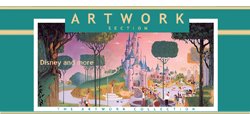
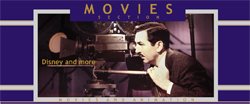



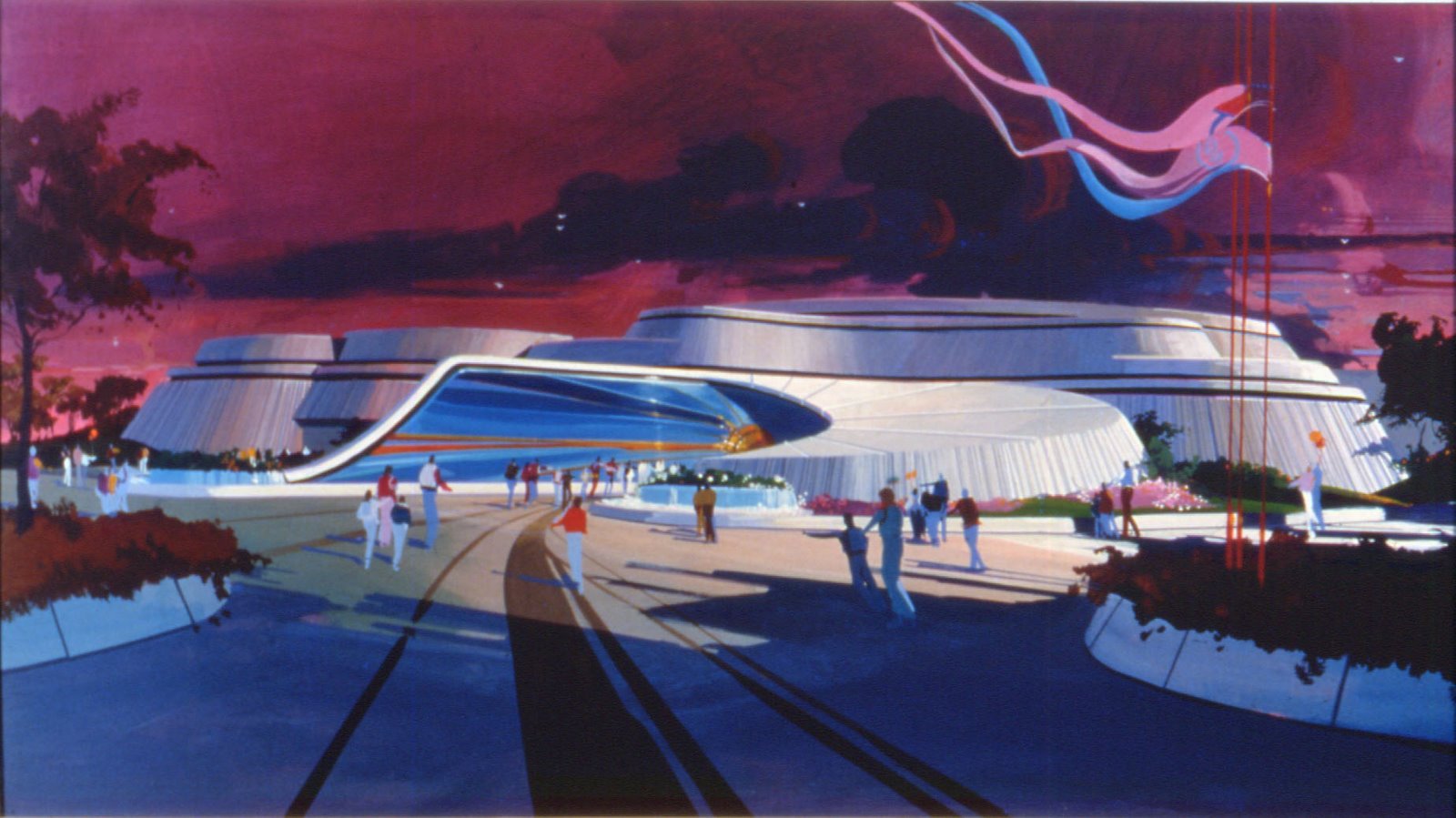







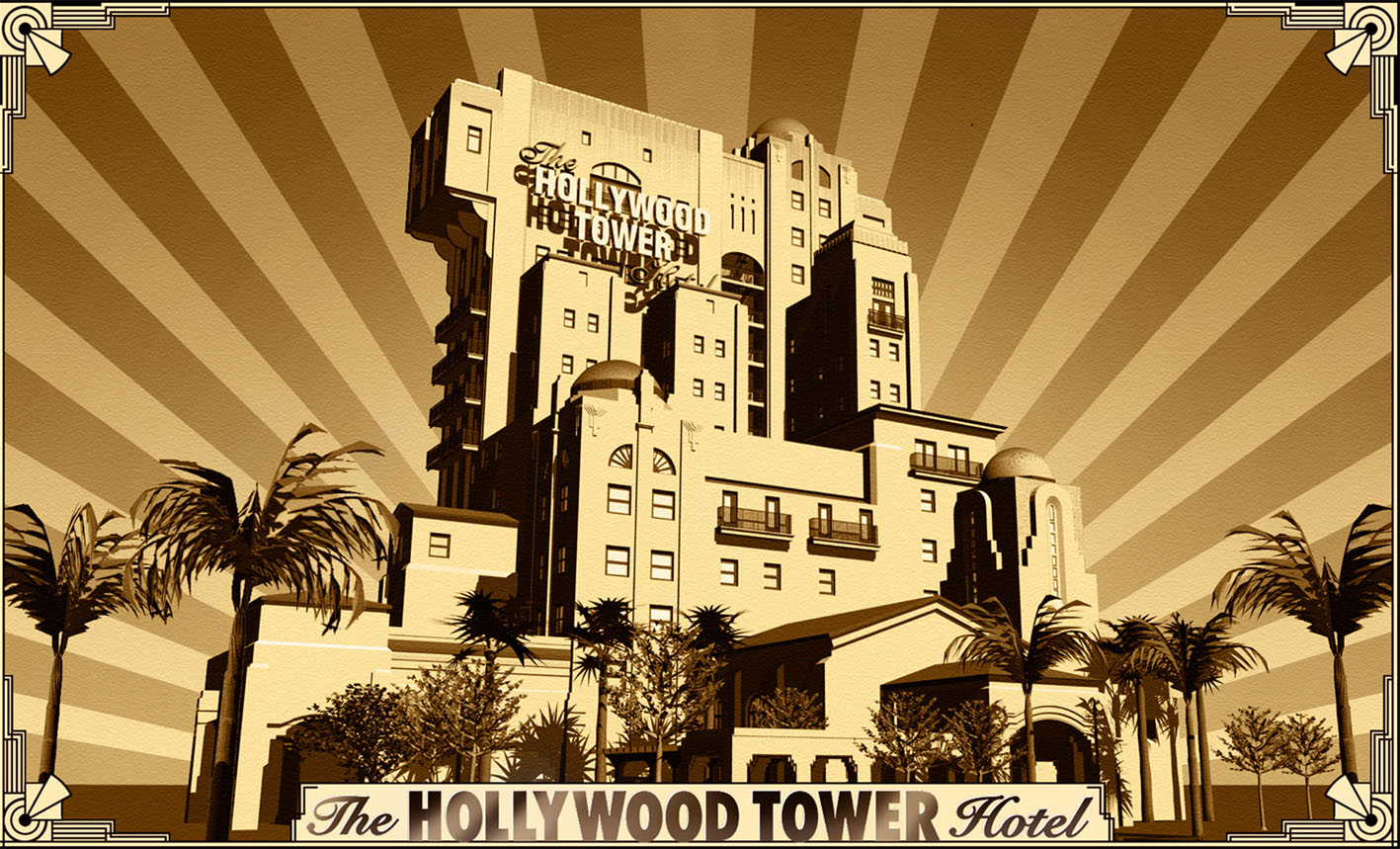



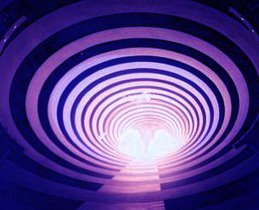
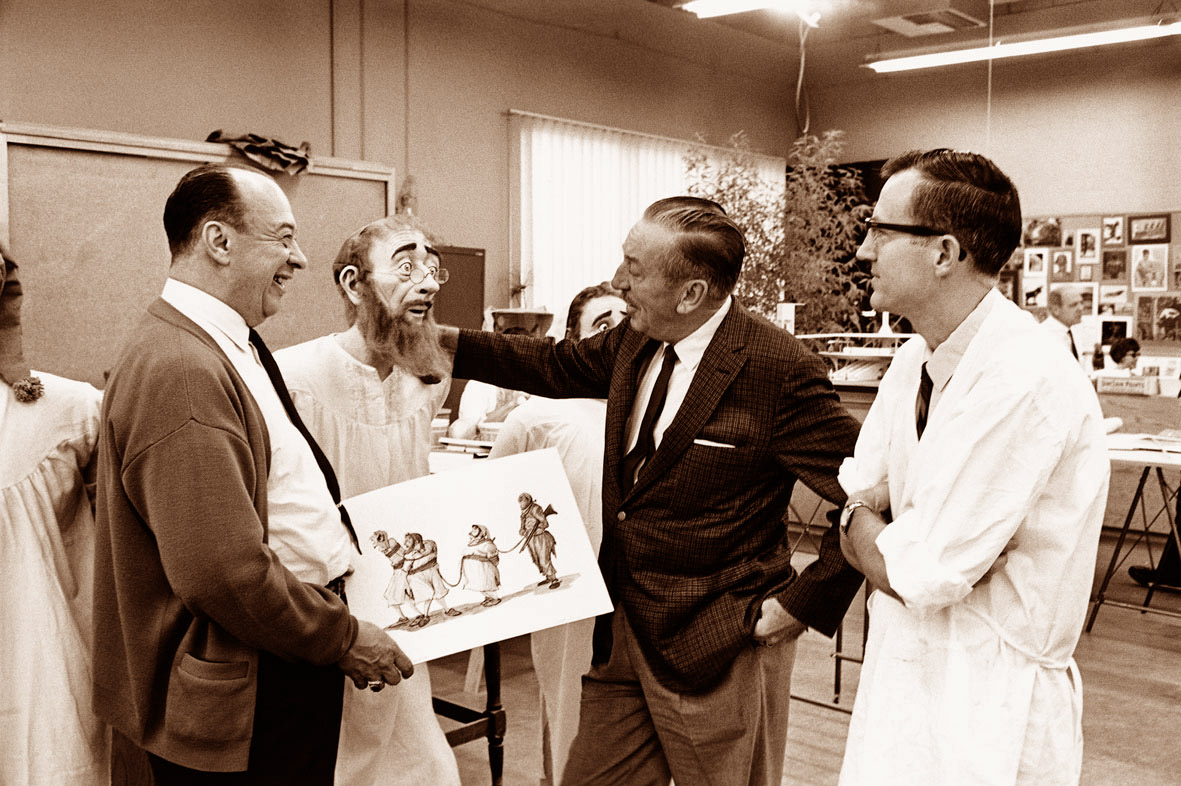


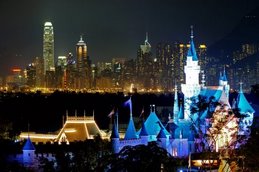

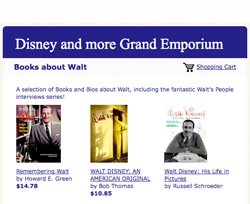


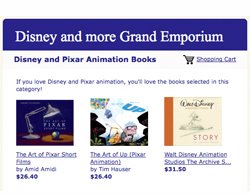






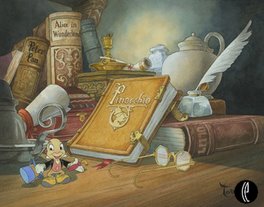
2 comments:
Could you please post a streaming audio version of the interview? Merci!
No i can't post a streaming audio of Tony's interview because i'm not the one who did the interview, it's Theme Go who did it. You should ask them ( link to their page at the top of the article )
Post a Comment